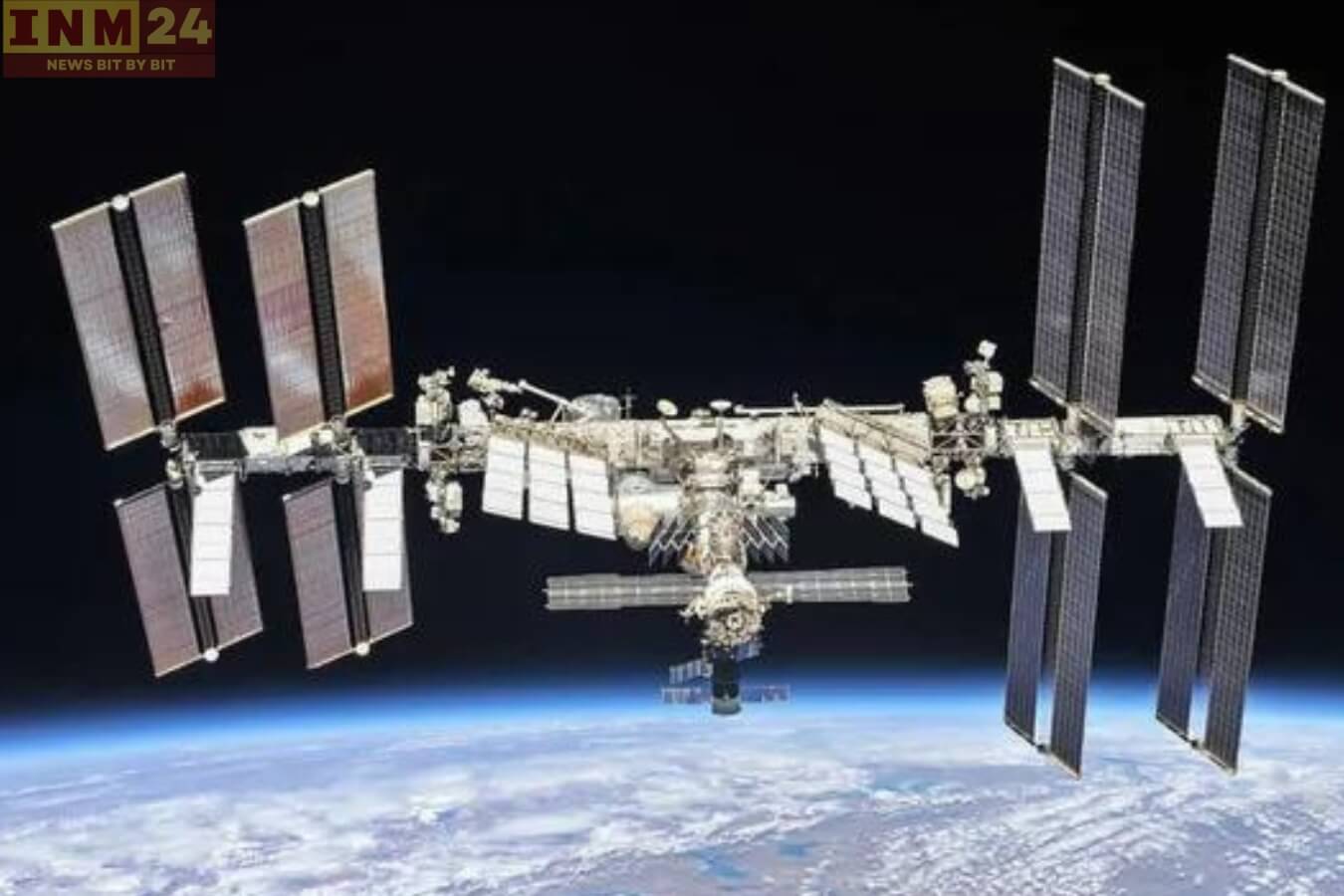Space agencies around the world are closely monitoring a concerning situation unfolding in Earth’s orbit today as US and Russian satellites face a heightened risk of collision. With NASA particularly on high alert, the potential consequences of such an event underscore the complexities and challenges of managing space traffic.
Navigating Hazards: The Increasing Congestion of Space
The growing congestion of satellites and other objects in space poses a significant hazard to spacecraft operations. As these satellites orbit the Earth at high speeds, even a small miscalculation in trajectory or timing could result in a catastrophic collision, producing a cascade of debris that threatens other spacecraft in nearby orbits.
The current situation involves satellites operated by both the United States and Russia, two of the leading spacefaring nations. While the specifics of the potential collision remain under assessment, the proximity of these spacecraft has prompted NASA to take precautionary measures to mitigate the risk.
Space agencies rely on a network of tracking systems and predictive algorithms to monitor the trajectories of satellites and identify potential close approaches. When two objects are projected to come dangerously close to each other, space agencies can issue alerts and implement avoidance maneuvers to minimize the likelihood of a collision.
However, even with these sophisticated tracking systems in place, the sheer volume of objects in orbit presents challenges in accurately predicting and preventing collisions. Moreover, the increasing proliferation of satellites, including those from private companies and international partners, further complicates efforts to maintain a clutter-free space environment.
Beyond Collateral Damage: Long-Term Hazards of Satellite Collision
The potential consequences of a collision between US and Russian satellites extend beyond the immediate loss of valuable assets. The resulting debris could pose long-term hazards to other spacecraft and even crewed missions in low Earth orbit. Additionally, the creation of additional space debris exacerbates the already pressing issue of space debris mitigation, as each new fragment adds to the risk of future collisions.
Efforts to address the challenges of space traffic management and debris mitigation are ongoing, with international collaboration playing a crucial role in developing standardized practices and guidelines. However, achieving effective space traffic coordination requires cooperation among nations and stakeholders to ensure the sustainability of space activities for future generations.
As NASA remains on high alert in response to the current collision risk, the incident serves as a reminder of the importance of responsible space operations and the need for continued efforts to safeguard the space environment. With the stakes high and the challenges complex, the quest to ensure safe and sustainable space exploration remains an ongoing priority for the global space community.
